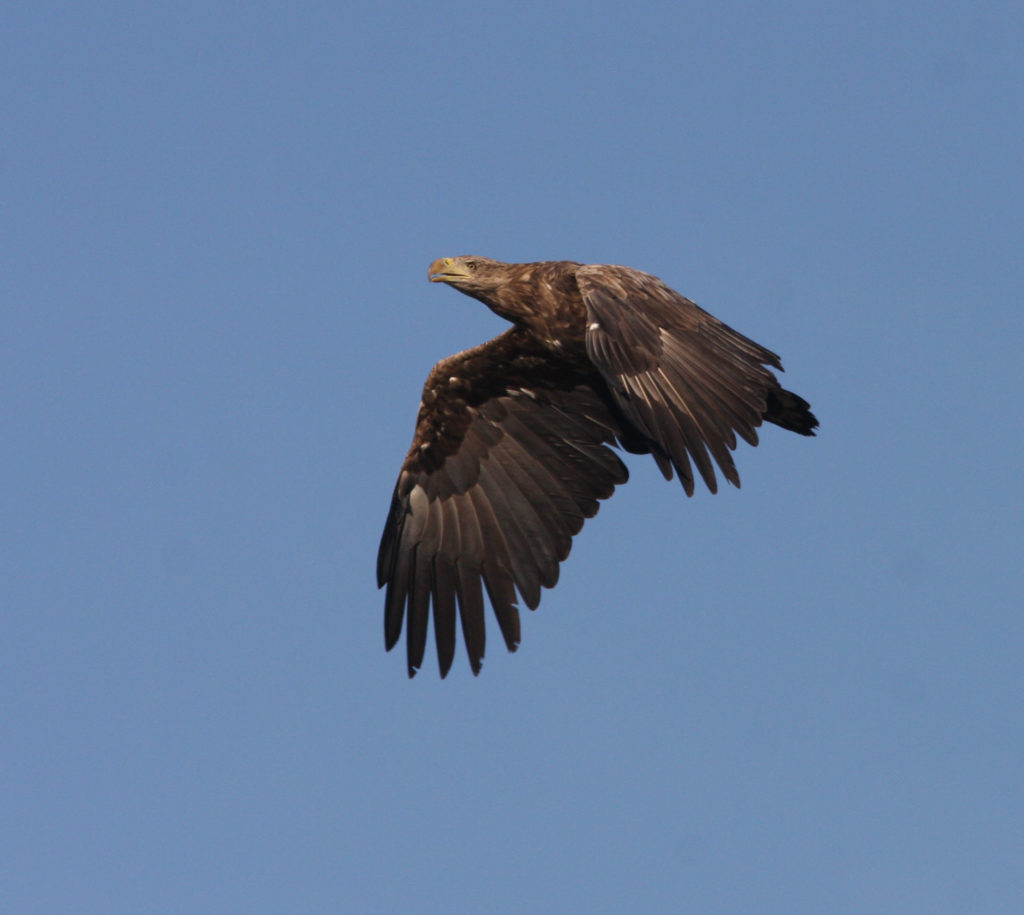Apps for bird areas
How can I can find the best bird areas on Kullaleden?
There are many bird areas in the Kulla region that are well worth a visit. Most people find their way to Kullaberg and Sandön. But what about Rönnen, Ören or Strandbaden?
Bird hikes
Day 1: Kullaberg
Start at Mölle and hike up towards Kullen lighthouse. Kullen boasts a rich birdlife. This is due to the many different environments existing on the hillside, but also its geographical location between two vegetation zones in Europe – the central European deciduous forest and the northern boreal coniferous forest. The guided bird hikes start from the lighthouse and can be booked in advance or alternatively arranged on a drop-in basis. There can be large numbers of migrating and resting birds. Bring along your binoculars. The guide has a telescope which you can look through to spot birds at a distance.
If you do not have binoculars, you can borrow a pair from the guide who has a limited number to lend.
Finish the day at either accommodation up on the hilltop or down in one of the villages, for example Jonstorp, where you can continue towards Utvälinge the next day, or the other way around!
Day 2: Skälderviken
Start in Utvälinge, Helsingborg’s northern outpost, on the Kullaleden hiking trail. This stretch follows the Skälderviken coast. The shallow bay and all the small lagoons along the beach attract an exclusive animal life with different birds, fish fry and small animals. The salt content in the water is high and invites unusual crayfish and crabs. The area is above all rich in waders and ducks, and always has something to offer, whatever the season. From May to October you can visit Sandön (just outside the village of Utvälinge) thanks to a 200 metre long footbridge. Consider that the area is a popular site for breeding and passing birds.
At the mouth of the Vegeå river, there is a great amount of sand which is constantly in motion. Look out across the reef and island which is built completely of sand. Just alongside is Rönnen island, a protruding headland with meadowland for grazing, sandy beaches, small bays and a narrow canal which separates Rönnen island from the mainland. This is the territory of seals. Sometimes peregrine falcons make a visit.
The shooting range in Jonstorp (no longer in use) is an excellent platform from which to watch, and allows a clear overview of the area. There is also a wind shelter with room for 20 people. This is an excellent spot for any birdwatchers up at the crack of down!
On towards Jonstorp, over the suspension bridge and on to the next bird area; Revet. It is a magical experience to watch thousands of geese fly up at sunrise as they start their daily hunt for food, and then to return at sunset.
Day 3: Hittarp reef
From Jonstorp or Utvälinge you continue on towards Helsingborg, where you hike towards Höganäs through city parks and past Sofiero Palace. After a couple of hours, you arrive at Hittarp reef, an area that is best visited during the spring and autumn. In the winter, there are at times concentrations of overwintering birds.
Sometimes you may spot birds of prey which come from the Mediterranean, follow Själland (Denmark east coast) upwards and then think ‘Oh here’s water’ when they reach the Gilleleje area, turn slightly and leave over Sundet. They try to avoid water, and take the shortest route over. The absolute best spot is around Helsingborg and Hittarp-Domsten.




